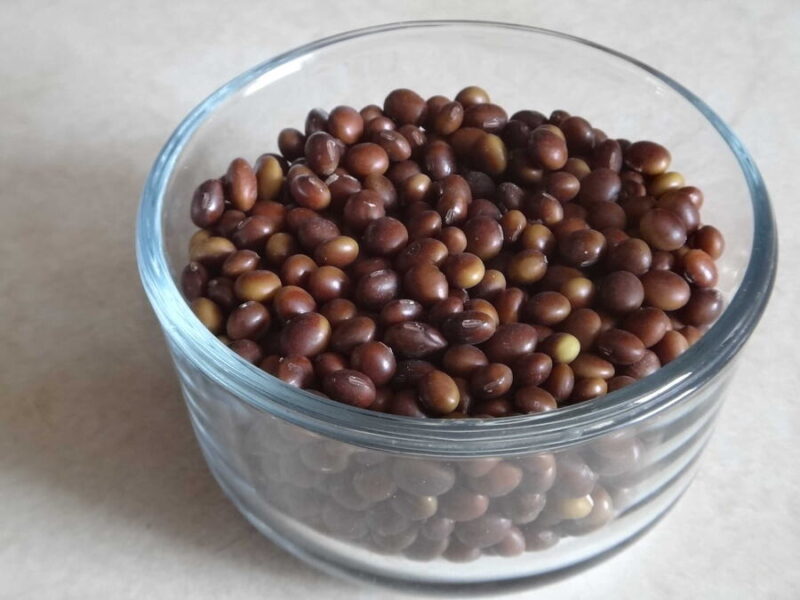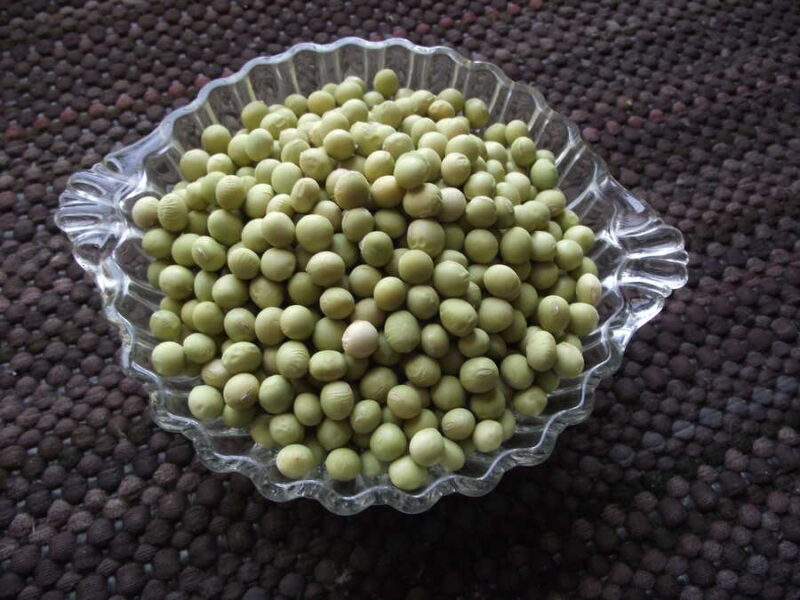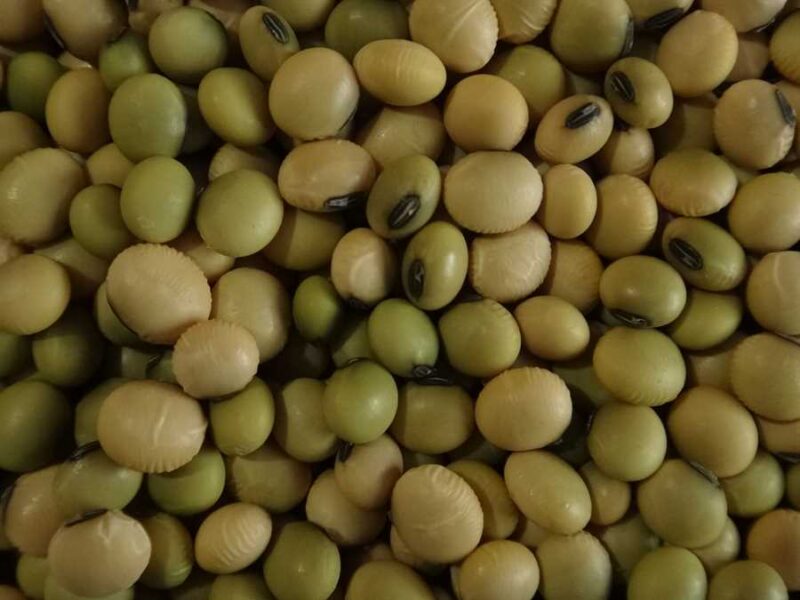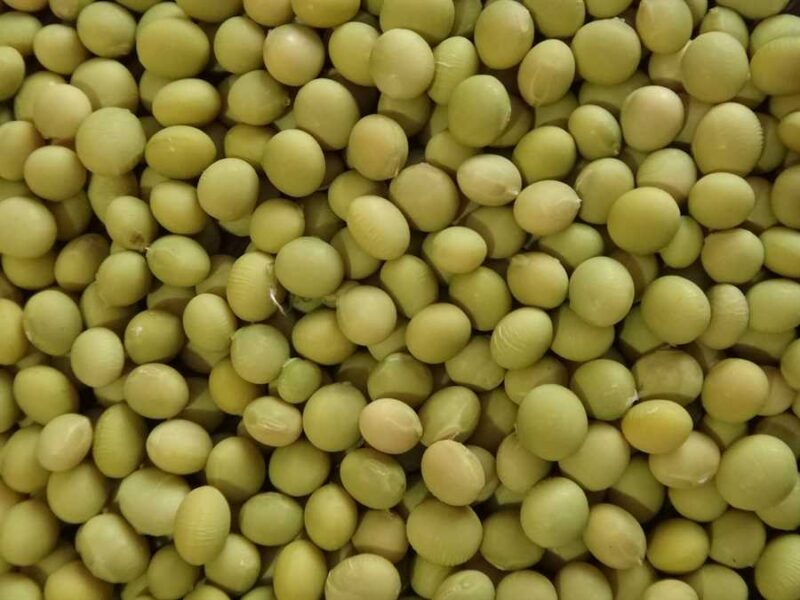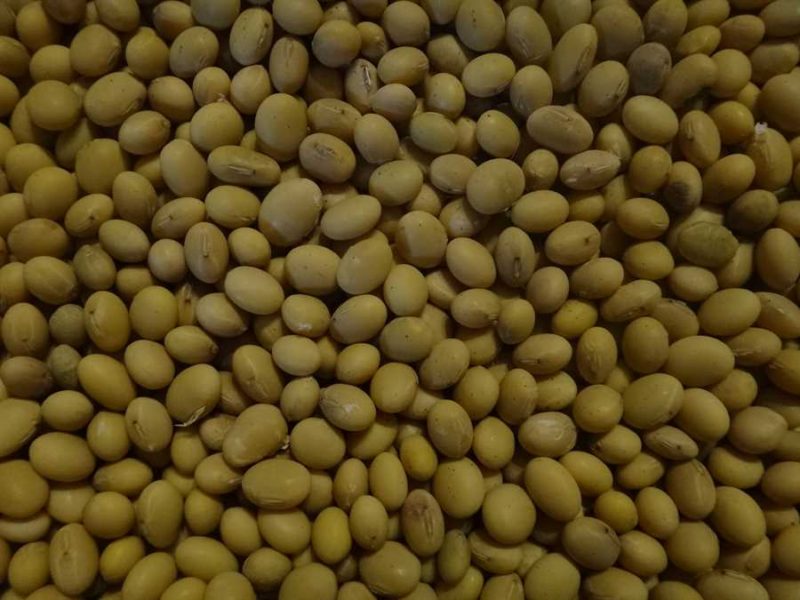Skip to content

-
-
Out of Stock
-
$4.00
- (Glycine max) Early plants produce small, beautiful brown and olive bicoloured seeds. Apparently from Sapporo, Japan and brought to North America by the United States Department of Agriculture in the 1920s or 30s.
- Read more
-
-
-
$4.00
- (Glycine max) A large green soybean with good yield. We received this variety from our friends Josiah and Adeline Wood. They grow it to eat as a dry bean. 35 seeds/packet.
- Add to cart
-
-
Out of Stock
-
$4.00
- (Glycine max) This soybean has very short plants and is an early edamame type; that is, the seeds are eaten when full-sized but still green. Released by Oscar H. Will & Co. seed company in 1953, it is apparently a descendant of ‘Sousei,’ a variety from Hokkaido, Japan which came to the U.S. in 1929. 60 seeds/packet.
- Read more
-
-
Out of Stock
-
$4.00
- (Glycine max) Longer-season and more productive than Hidatsa, this edamame soybean compliments it nicely. They also have seeds which are easy to tell apart – Hidatsa has a black hilum (the “navel” where the seed connected to the pod) while Shirofumi has a green hilum. 35 seeds/packet.
- Read more
-
-
-
$4.00
- (Glycine max) Waist-high plants produce a profusion of small, furry pods which our klutzy cat loves to play with; we joke that he uses them as practice voles to polish his hunting skills. Hence the name. Round, yellow seeds can be used like any other dry bean. They make great soup or soy nuts (when roasted), or if you’re ambitious, you can try your hand at homemade soy butter or…
- Add to cart


